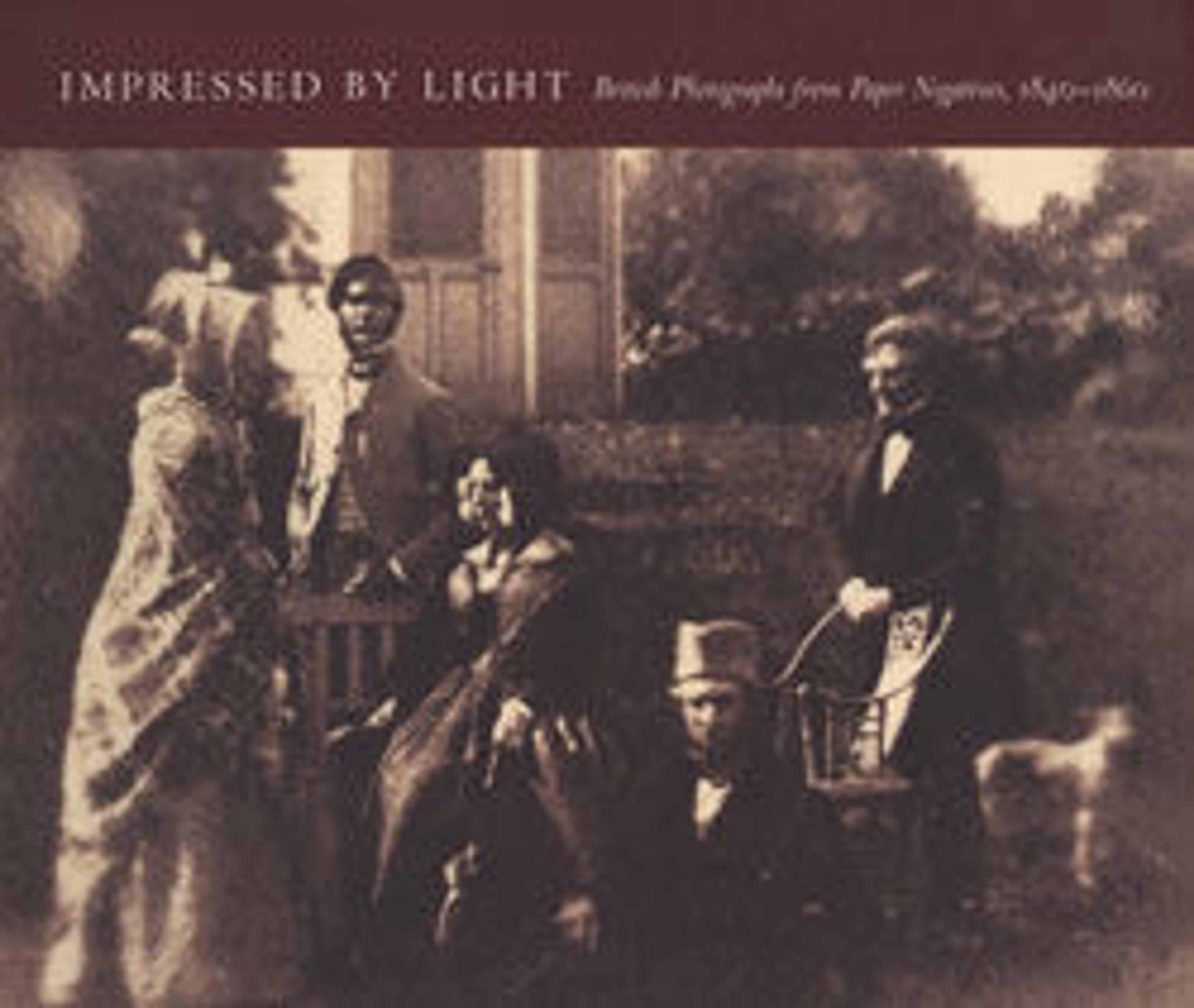The Pencil of Nature
Talbot's hope for commercial exploitation of his invention lay in the widespread distribution of large editions of photographic prints, the principal advantage of negative-positive process over the daguerreotype. In early 1844, in an effort to encourage the mass production of paper photographs, Talbot supported Nicolaas Henneman, his former valet, in the creation of a photographic printing establishment in Reading, a town on the route between London and his home in Lacock. The firm's initial project was Talbot's Pencil of Nature, the first commercially published book illustrated with photographs-a milestone in the art of the book greater than any since Gutenberg's invention of moveable type. Issued in fascicles from June 1844 through April 1846, The Pencil of Nature contained twenty-four plates, a brief text for each, and an introduction that described the history and chemical principles of Talbot's invention. The photographs and texts proposed, with extraordinary prescience, a wide array of applications for the medium that included reproducing rare prints and manuscripts, recording portraits, inventorying possessions, representing architecture, tracing the form of botanical specimens, and making art. The publication, however, was not a commercial success, and as sales declined with each new fascicle, Talbot abandoned the project just before the seventh group of plates was made. Approximately forty complete or substantially complete copies survive; the Museum's example belonged to Talbot's daughter Mathilde.
Artwork Details
- Title: The Pencil of Nature
- Artist: William Henry Fox Talbot (British, Dorset 1800–1877 Lacock)
- Date: 1844–46
- Medium: Salted paper prints from paper negatives
- Dimensions: 15.2 x 20.3 cm (6 x 8 in.)
- Classification: Books
- Credit Line: Gift of Jean Horblit, in memory of Harrison D. Horblit, 1994
- Object Number: 1994.197.1–.6
- Curatorial Department: Photographs
More Artwork
Research Resources
The Met provides unparalleled resources for research and welcomes an international community of students and scholars. The Met's Open Access API is where creators and researchers can connect to the The Met collection. Open Access data and public domain images are available for unrestricted commercial and noncommercial use without permission or fee.
To request images under copyright and other restrictions, please use this Image Request form.
Feedback
We continue to research and examine historical and cultural context for objects in The Met collection. If you have comments or questions about this object record, please contact us using the form below. The Museum looks forward to receiving your comments.
